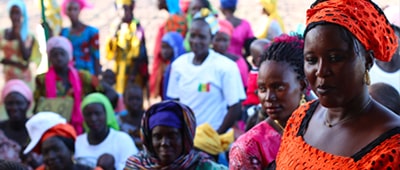|
International aid from official donors rose in 2023 to a new all-time high of USD 223.7 billion, up from USD 211 billion in 2022, as provider countries increased aid flows to Ukraine and directed more humanitarian assistance to developing countries.
The 1.8% rise in real terms was the latest in a series of annual increases in Official Development Assistance (ODA) provided by members of the OECD’s Development Assistance Committee (DAC) and the fifth consecutive year that ODA has set a new record. Total 2023 ODA total is up by a third from 2019 levels.
At 0.37% of DAC donors’ combined gross national income (GNI) for a second year running, the ODA total still lags behind a long-standing UN target of 0.7% ODA to GNI.
ODA to Ukraine, where Russia’s war of aggression is entering a third year, rose by 9% in 2023 to reach USD 20 billion, including USD 3.2 billion of humanitarian aid. ODA also increased to the West Bank and Gaza with preliminary estimates showing a rise of 12% on 2022 to USD 1.4 billion. Within that total, USD 758 million was in the form of humanitarian aid, which increased by 91% from 2022. On a global level, humanitarian aid rose by 4.8% in 2023 to reach USD 25.9 billion.
ODA used to cover refugee costs within donor countries fell by 6.2% in 2023 to stand at USD 31 billion, representing 13.8% of total ODA compared with 14.7% in 2022. For seven DAC countries, in-donor refugee costs still accounted for over a quarter of their ODA in 2023. Total ODA excluding these in-donor refugee costs was up by 3.2% in real terms.
Bilateral aid flows from DAC members to the group of least developed countries were USD 37 billion, an increase of 3% in real terms compared to 2022, when it showed a drop of 6.2%.
.
ODA in 2023
|


